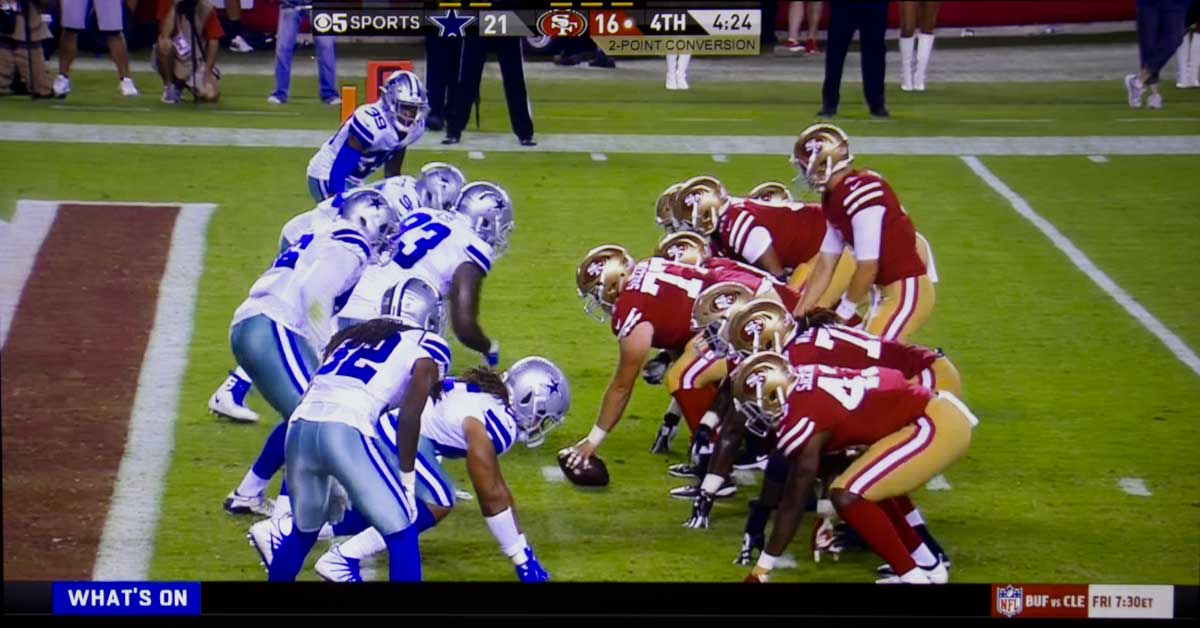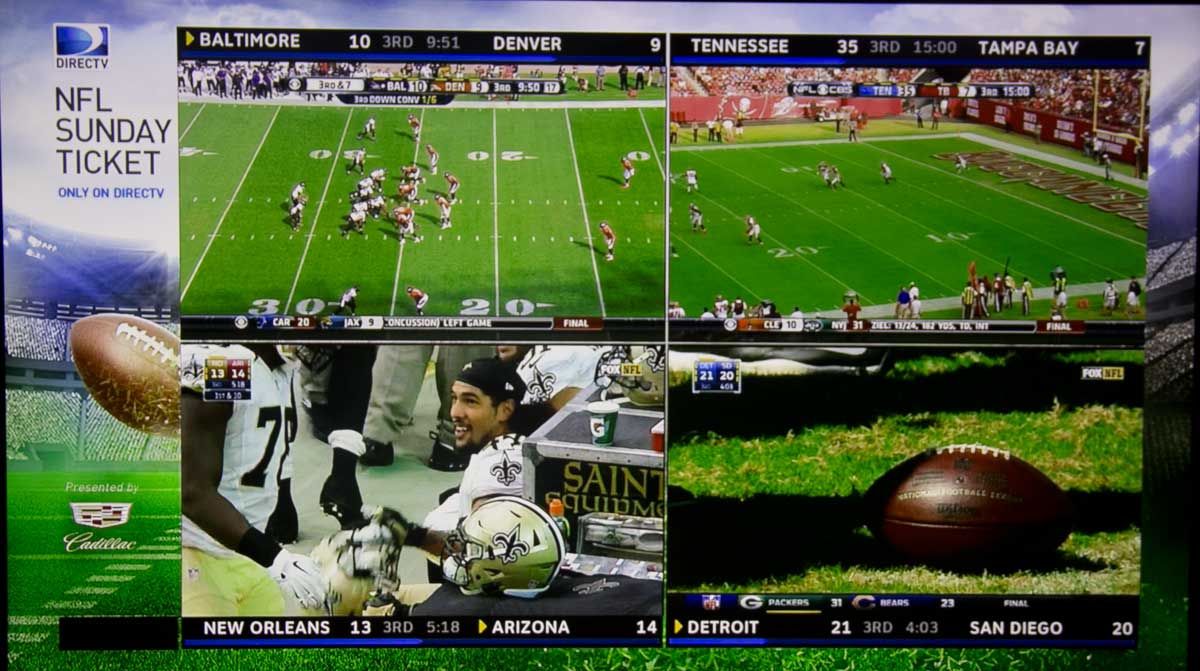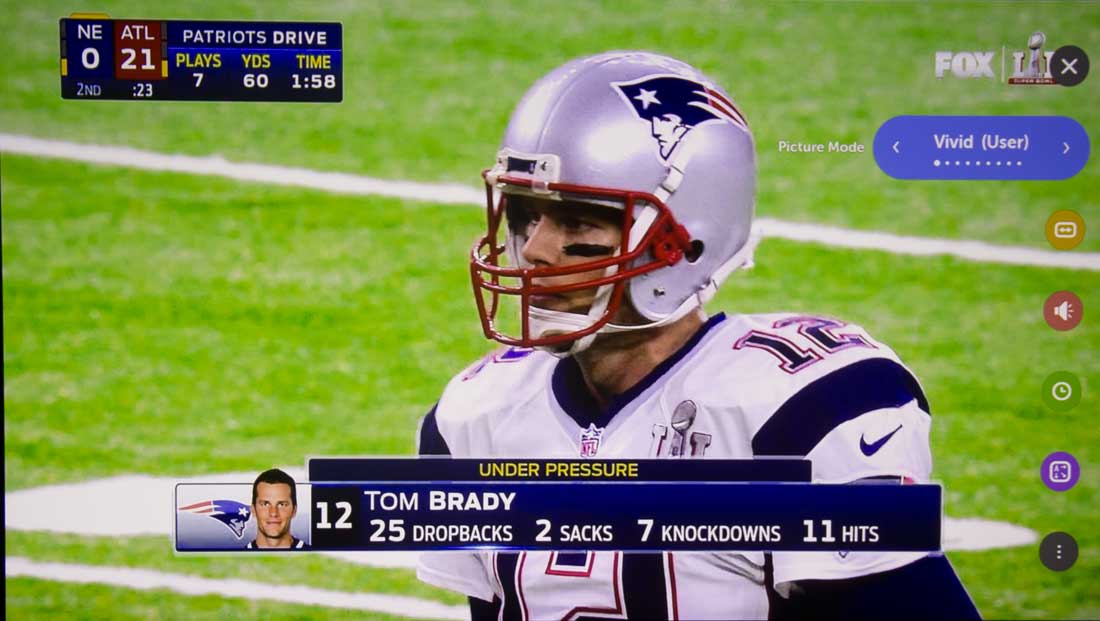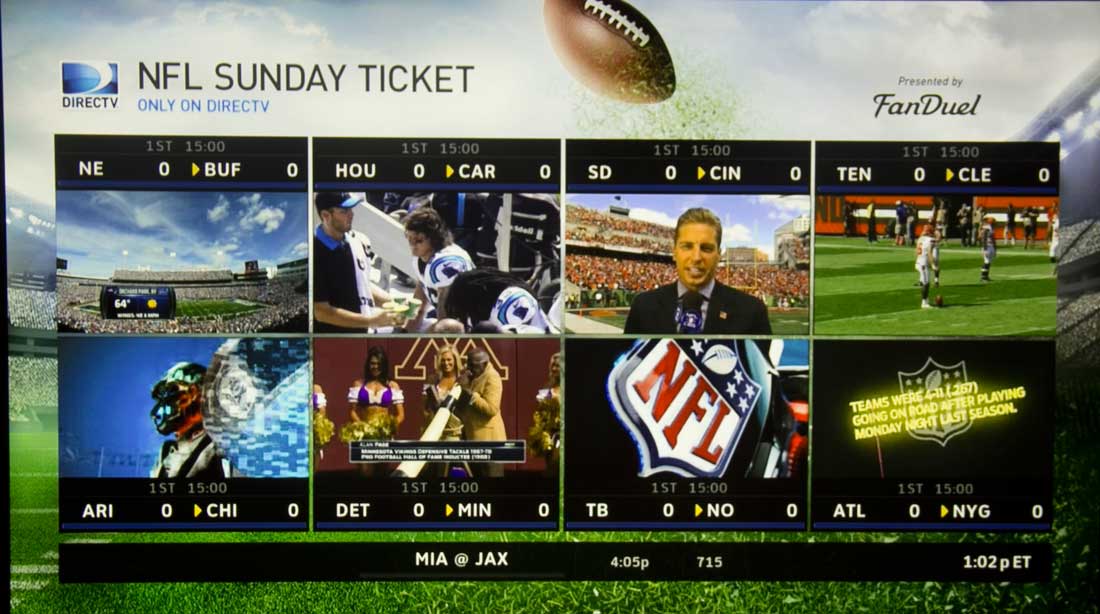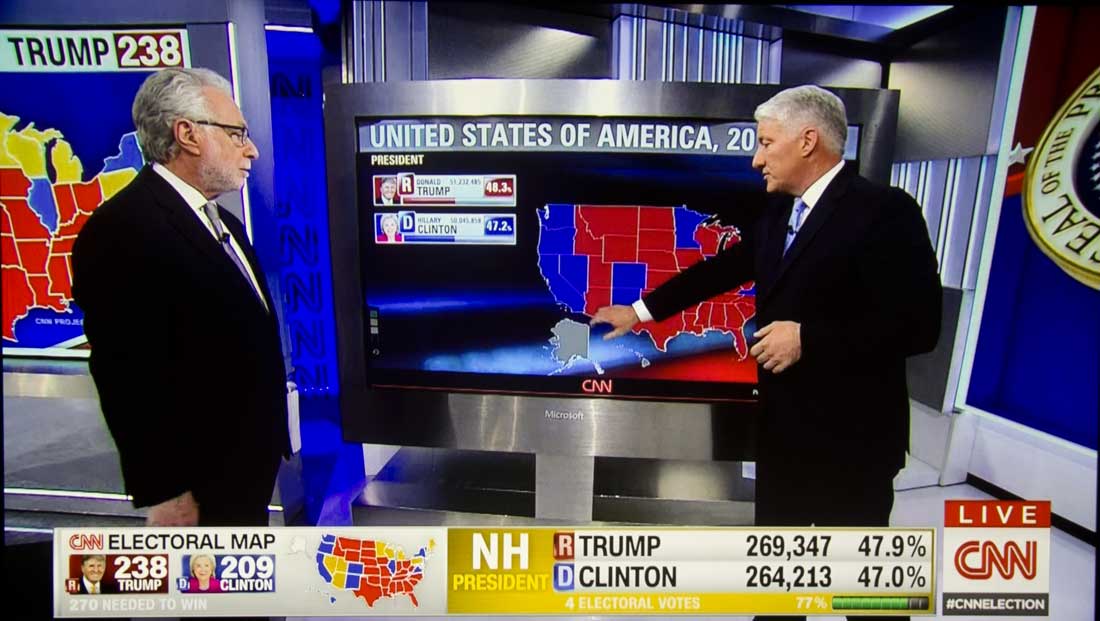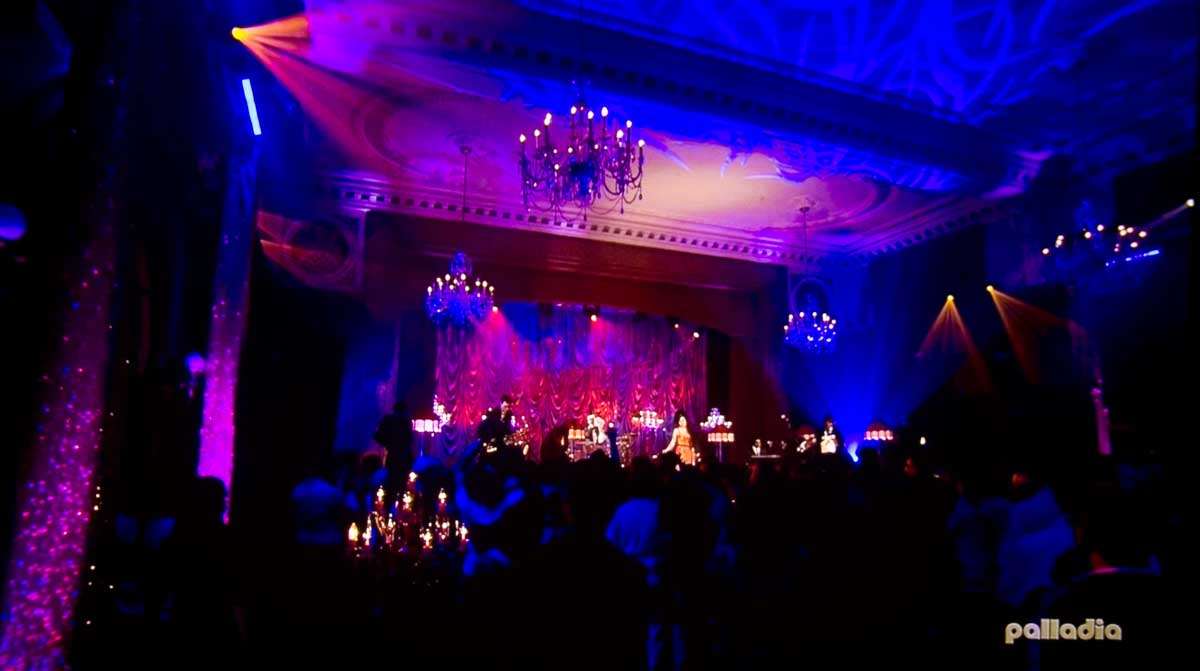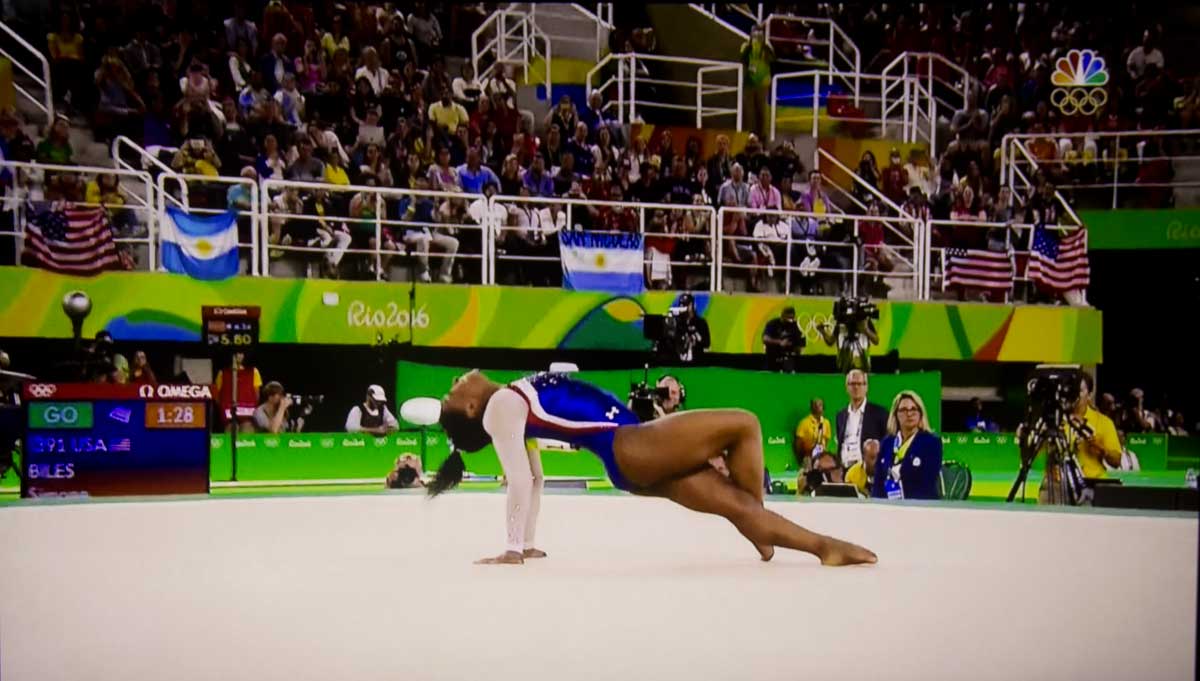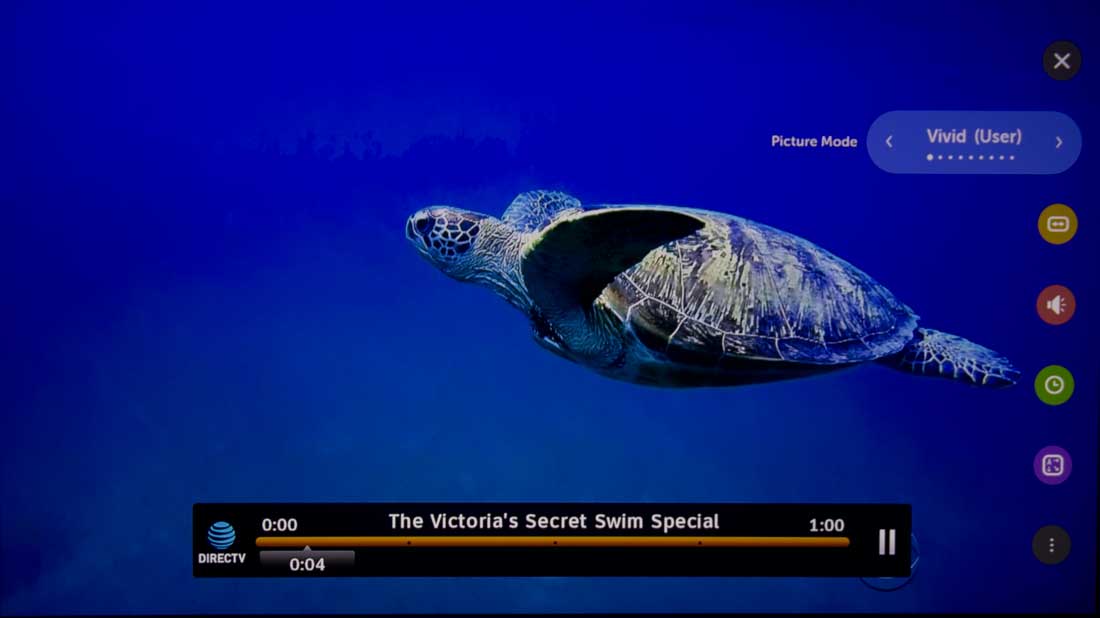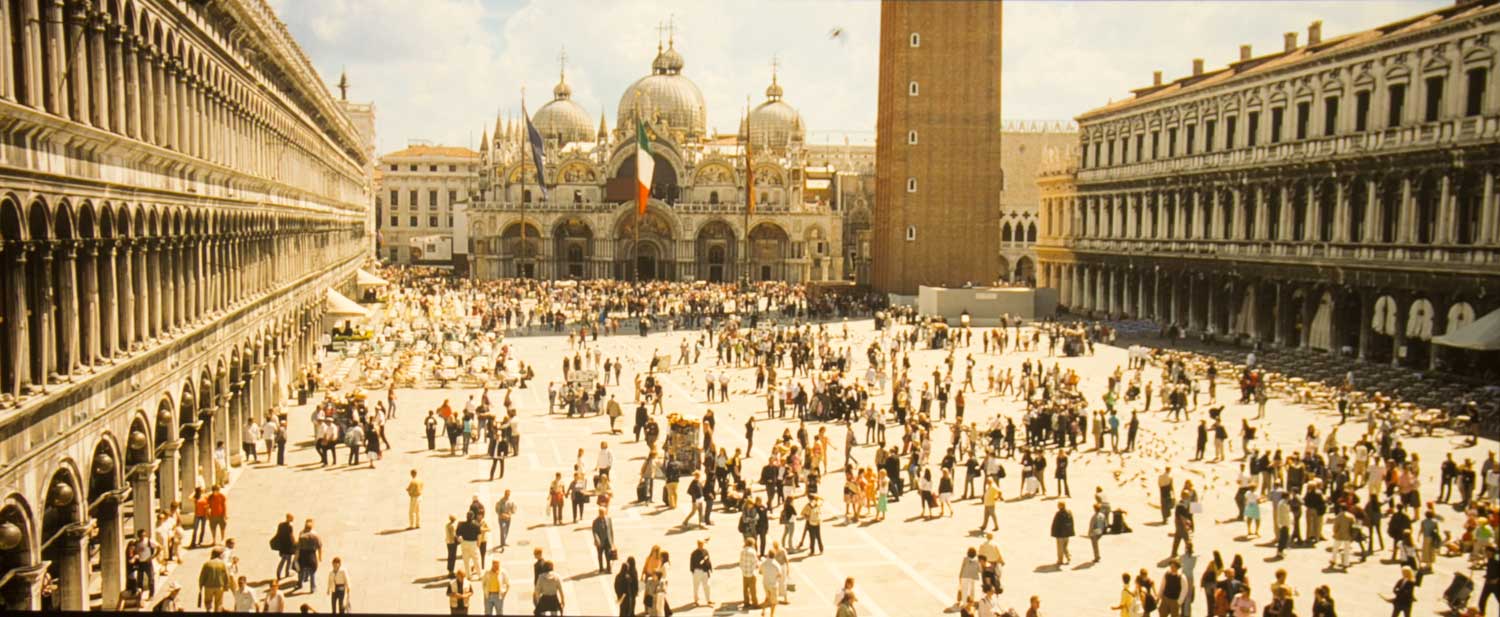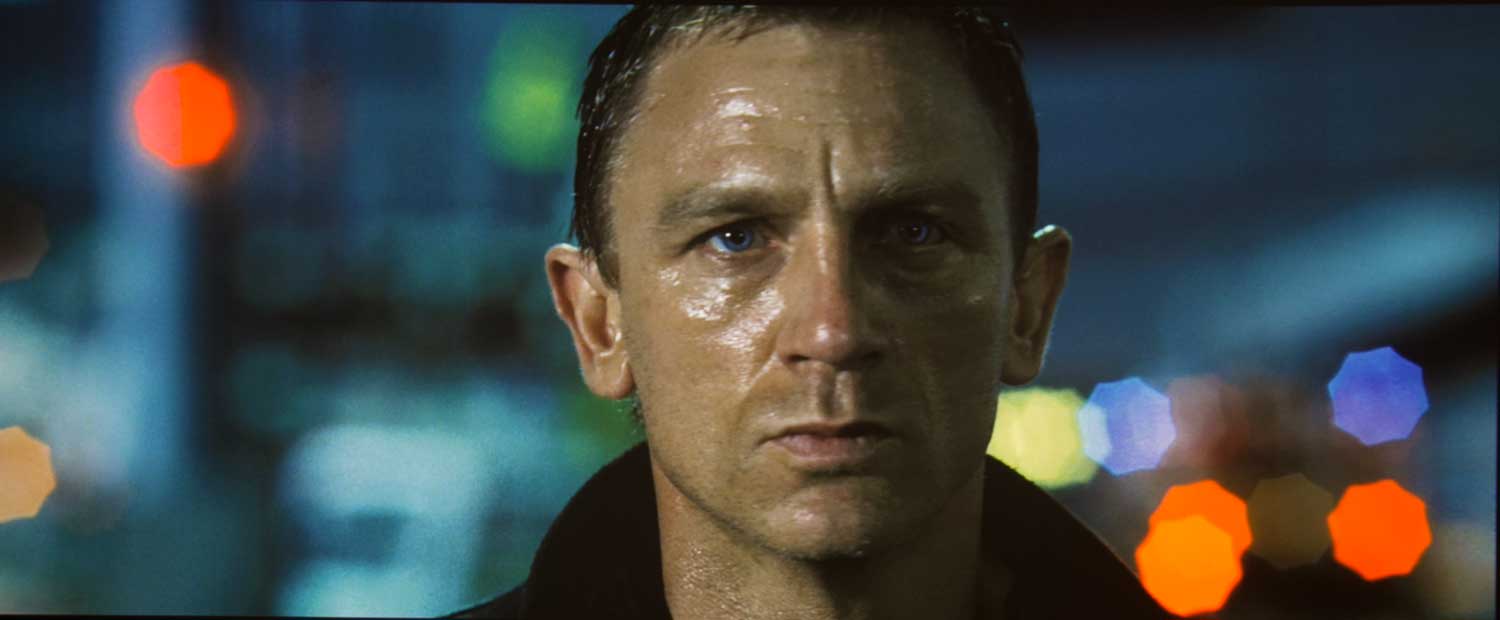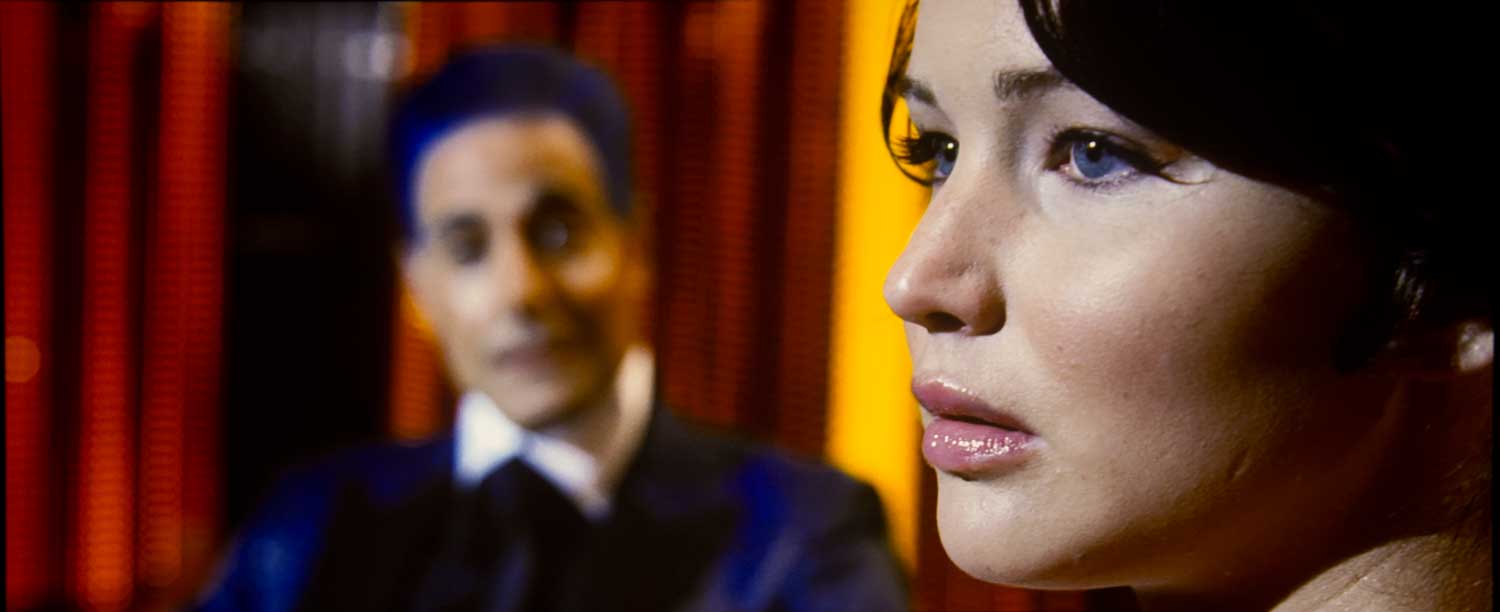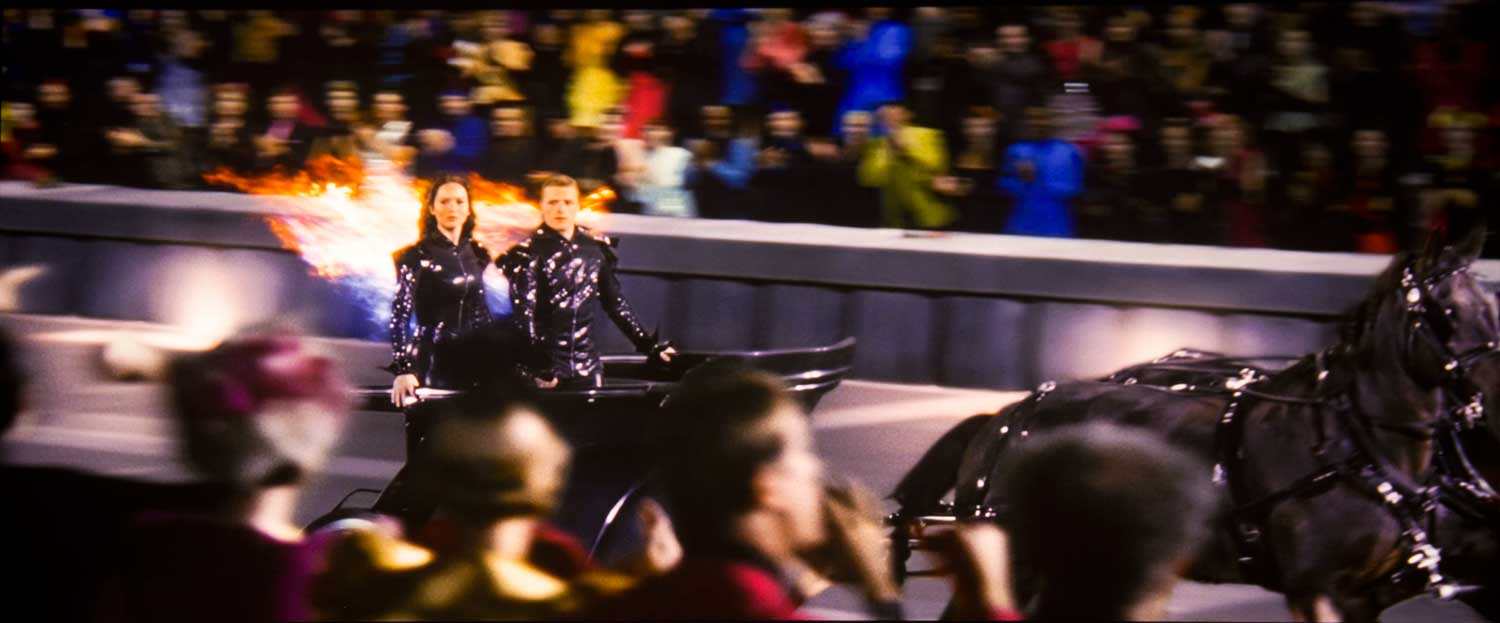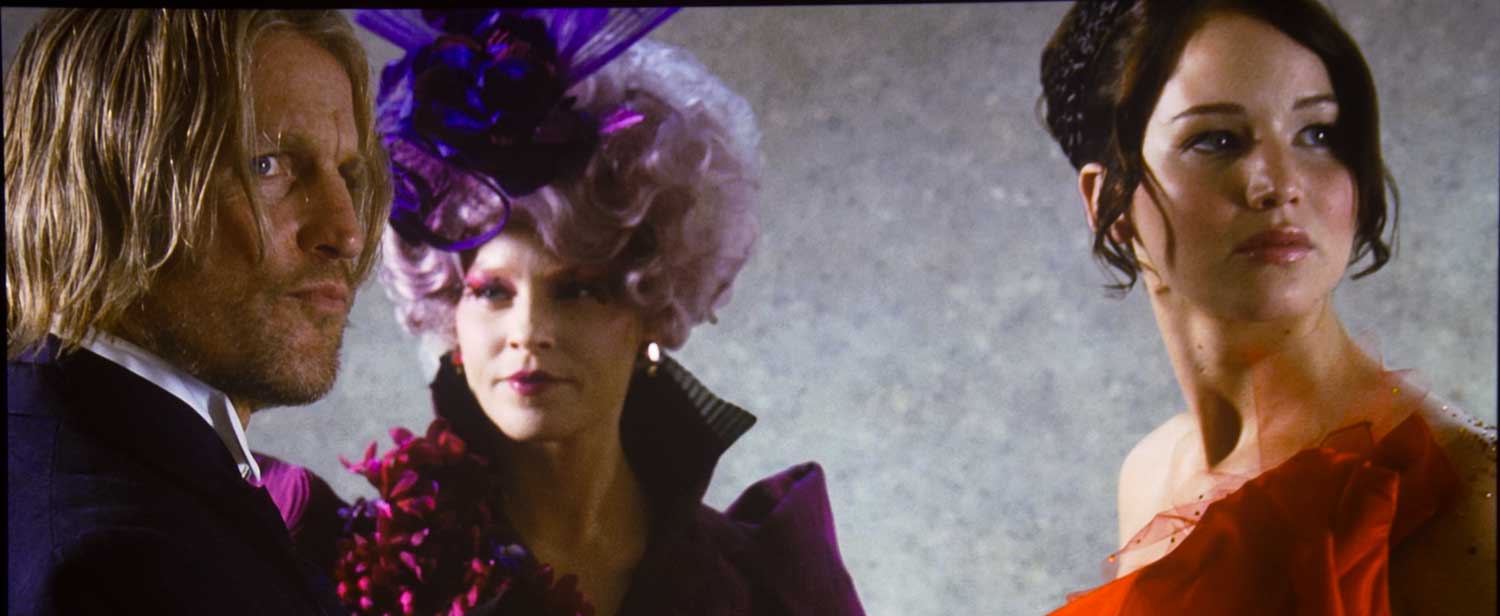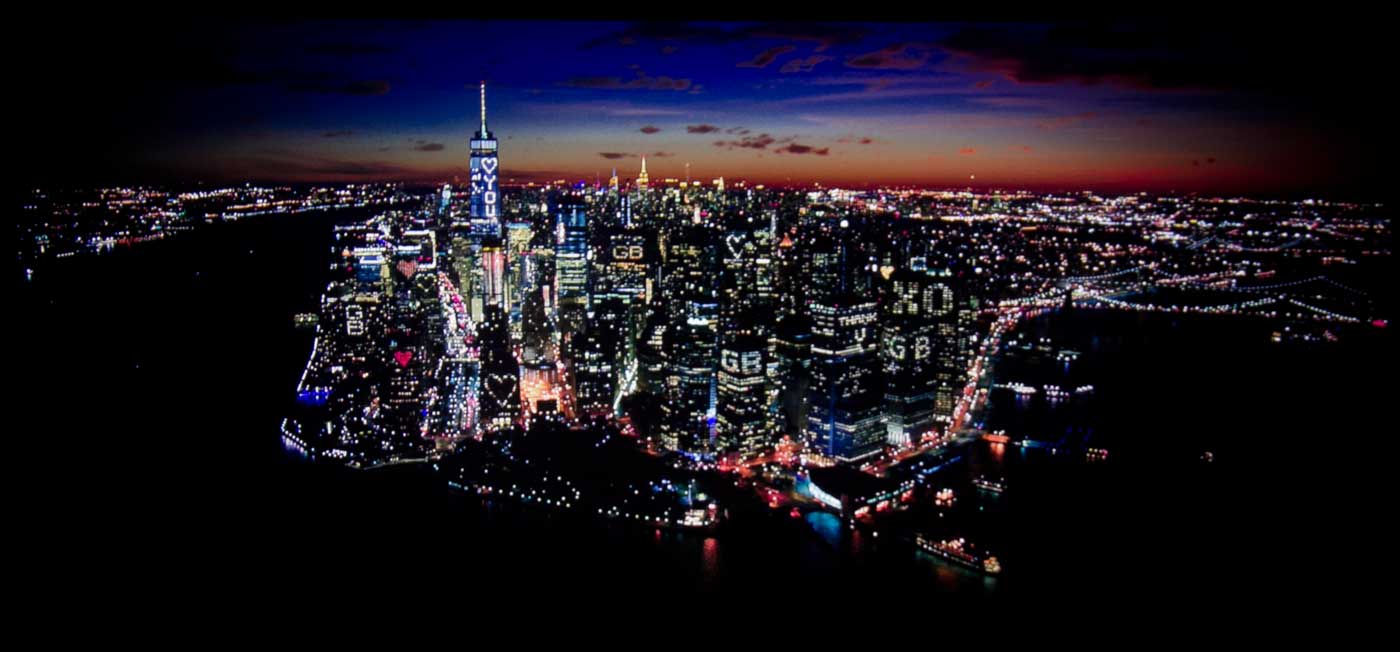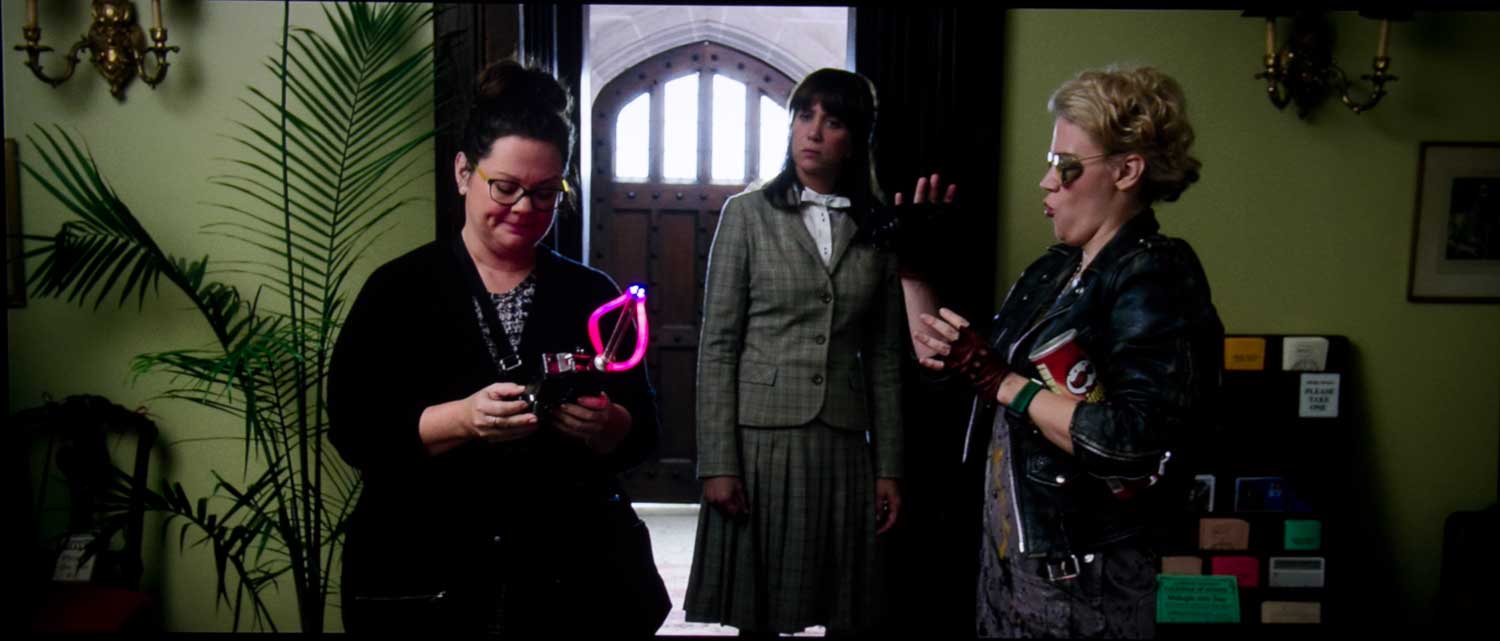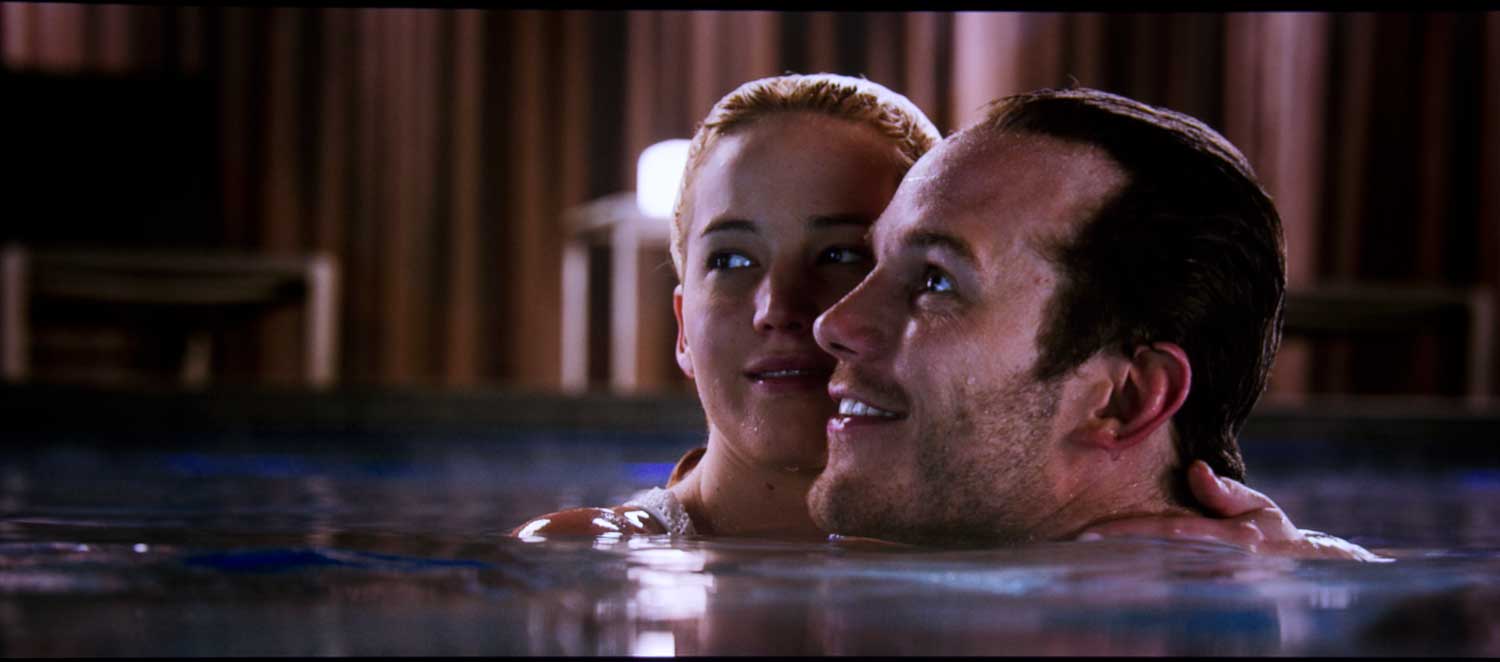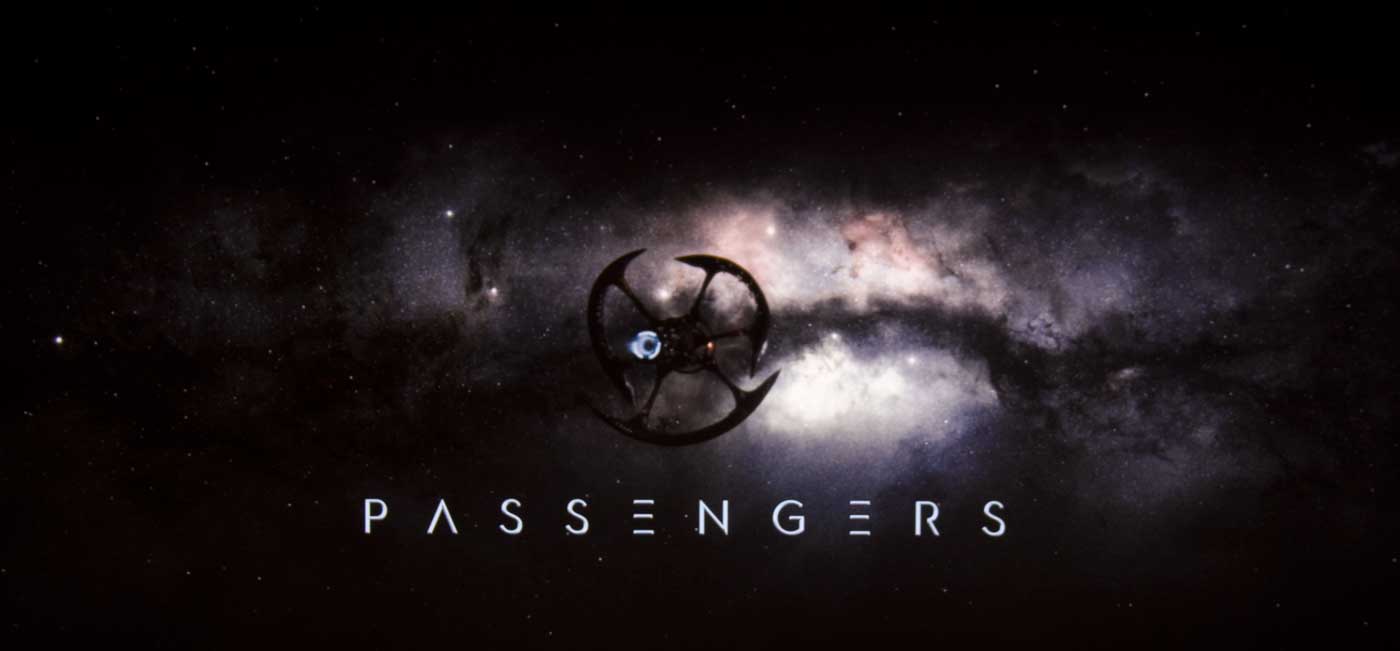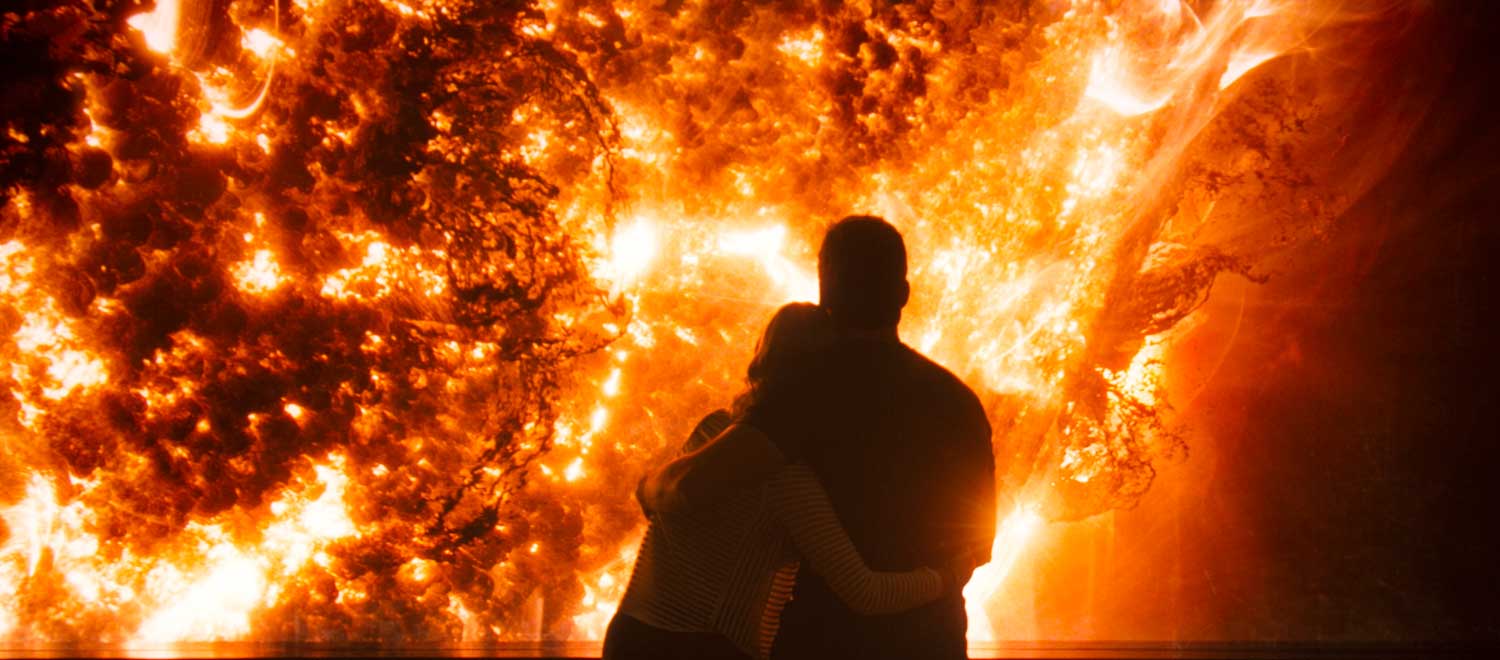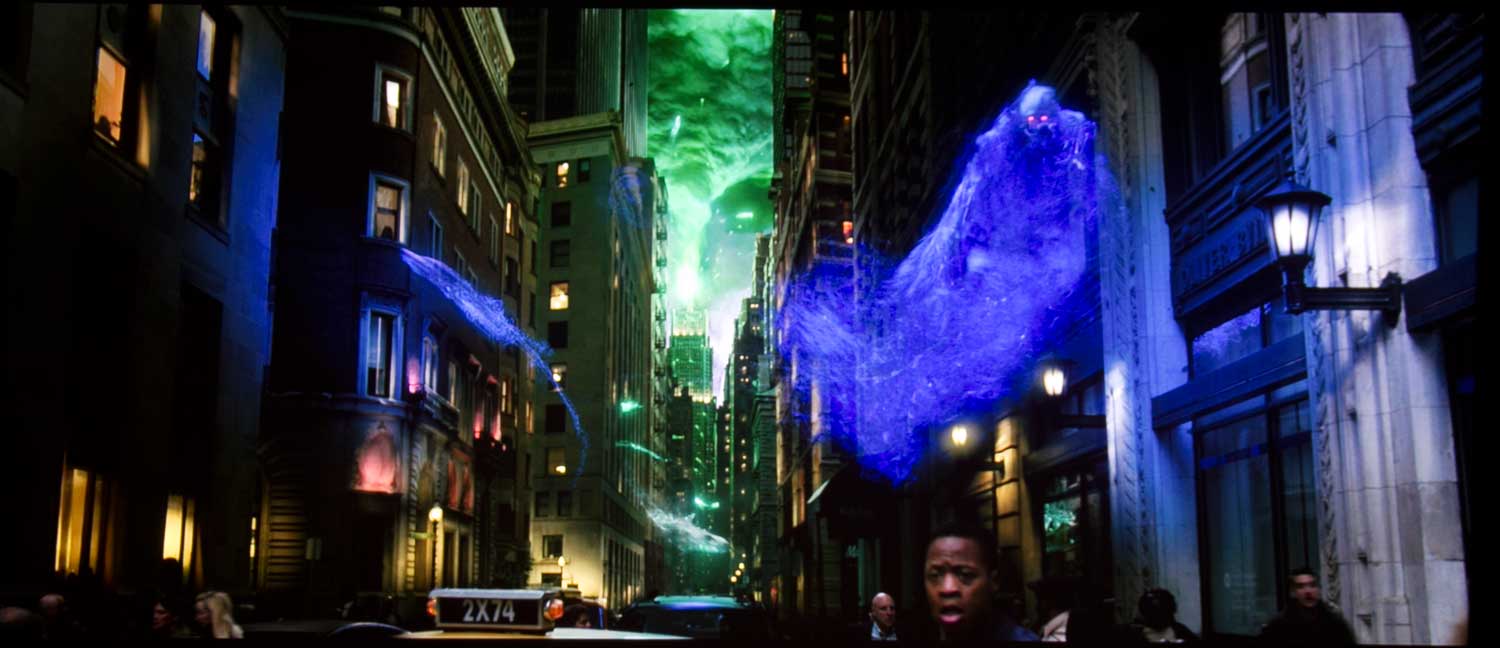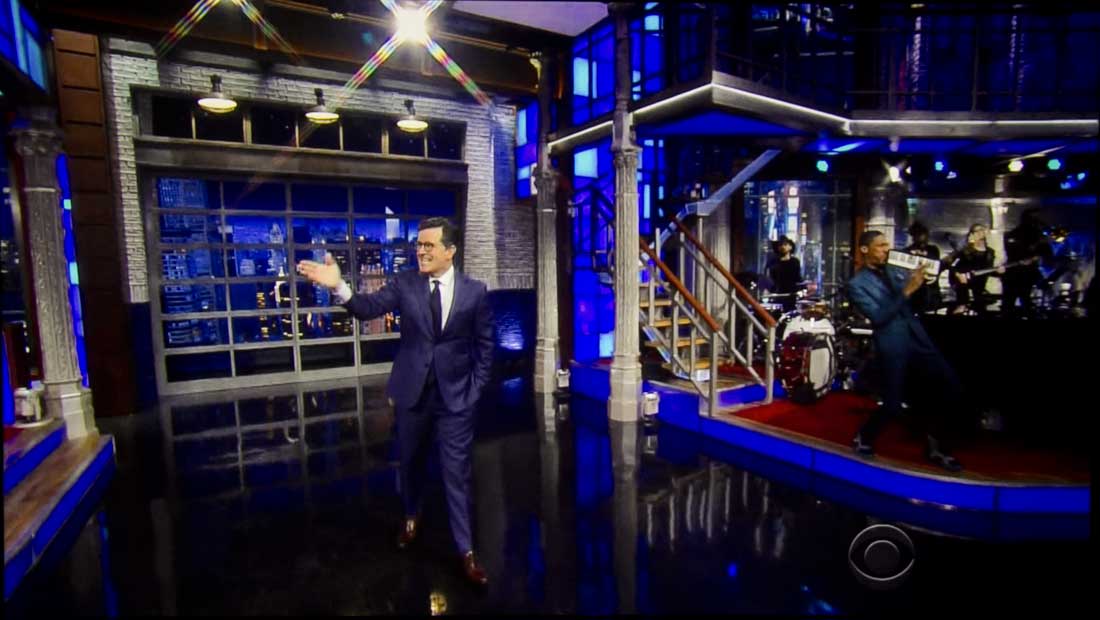The same Standard mode we used for bright room (sports, etc.), Eric chose to set up also for our 4K content with HDR (and BT.2020/P3 color space).
As I've discussed previously, he chose Standard despite not being one of the “Expert” modes that provides access to the full CMS system. Eric opted for the brighter mode, since HDR demands lots of brightness, and Expert Dark Room is only going to provide about 700 lumens, vs over 1000 lumens.
I’m on the fence, in this case. The brightness is needed, but better color accuracy would be nicer. Tough call. This is not an unusual situation. Consider, the Epson 5040UB I use, is calibrated by Eric for 4K HDR, and yields just over 1000 lumens. I agree that’s definitely “thin” on brightness when watching 4K HDR movies at my full 124” diagonal, widescreen Studiotek 130 (1.3 gain) screen. But I get the full P3 color space.
Many calibrators, instead, sacrifice full P3, by using Epson’s Bright Cinema mode which delivers a lot more lumens – around 1800. Even Epson, demoing at CEDIA two weeks ago, had the 6040UB they were showing against the $8K, now just discontinued, Sony VW385ES, chose to use their Bright Cinema mode, to go for the lumens, vs the wider color. Call it personal choice.
I would have liked to play with a fully calibrated Technicolor Expert mode, with only the 700 lumens, if for no other reason, to try observe the differences between REC709 (the old standard) and the better P3 (same as at your local movie theater.
More brightness with the LG comes with less color accuracy in Standard mode, The extra 50% brightness is a positive (1038 lumens), but the color accuracy is lower. The average color temp across the brightness range, is over 7500K although 10 IRE (almost black) is 5000K so a virtually black background may show a trace of dark red.
Here’s an important thought. If I was recommending this projector for dedicated home theaters and to hard core enthusiasts demanding the most accuracy, that would be one thing, but since I’m not, consider:
Bottom Line: LG is marketing the HU80KA as a rather unique and smart projector and they seem to especially be taking aim at millennials, and apartment dwellers, etc. While we home theater folks tend to think that projector image sizes should start no lower than 100” diagonal, many owners of the LG may well, be projecting smaller picture sizes. Hey, if you have an 8 foot ceiling, and want to shine the projector on the ceiling as LG does in some of their ads, you are limited to about a 70” wide image. Now that size image would be a good bit brighter in the less bright Technicolor Expert mode, than a 100” screen would be with Standard mode.
So what you are watching, and where, and your own tastes, should determine which way to go, if you are calibrating this LG projector to choose between brighter, with more pop, but less accurate color, or less bright, with pretty accurate colors, suitable for a smaller screen.

